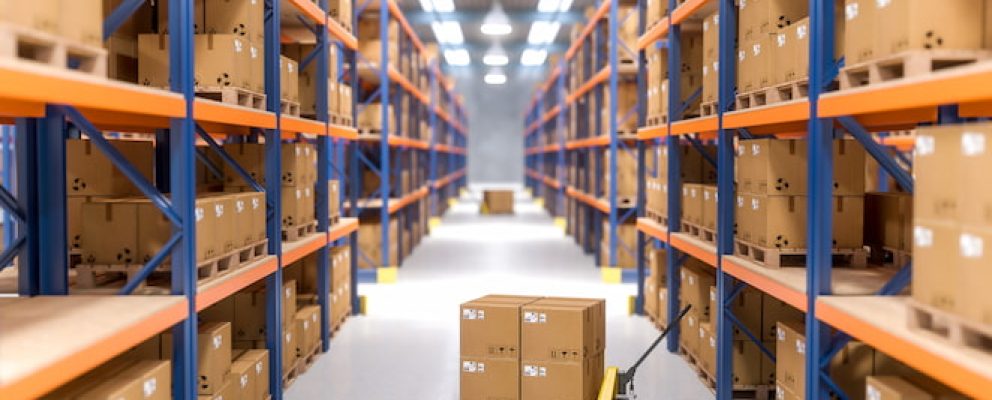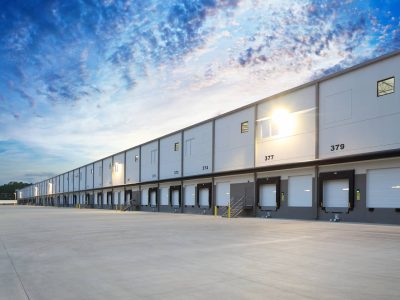Understanding what is warehouse and distribution is crucial for anyone involved in the logistics sector or managing a supply chain. These components are vital in ensuring that goods are stored, handled, and delivered efficiently, meeting customer demands while optimizing costs. This article will delve into the intricacies of warehouse and distribution management, illustrating their significance and operational mechanics within modern supply chains.
Understanding Warehouse and Distribution
Warehouse Management
Warehouse management involves the supervision of storage and handling of goods within a warehouse setting. It encompasses various functions:
- Receiving: The acceptance and verification of incoming goods against shipping documents.
- Storage: The strategic placement of goods to optimize space and preserve product quality.
- Inventory Control: Regular tracking and management of stock to prevent discrepancies.
- Order Fulfillment: The process of picking, packing, and preparing orders for delivery.
- Shipping: The final step where orders are dispatched to their destinations.
Effective warehouse management ensures operational efficiency, reduces costs through optimized space usage, and enhances customer satisfaction by speeding up delivery times.
Distribution Management
Distribution management complements warehouse operations by ensuring the efficient transport of goods from the warehouse to the end customer. Key elements include:
- Logistics Planning: Determining the most effective routes and methods for transporting goods.
- Transportation Management: Coordinating various modes of transport to ensure timely deliveries.
- Order Tracking: Monitoring the movement of goods to ensure they reach their destinations on schedule.
Together, these processes ensure that distribution management effectively meets consumer demands and maintains the integrity of goods during transit.
The Importance of Warehouse and Distribution
Supply Chain Efficiency
Efficient warehouse and distribution practices are fundamental to seamless supply chain operations. They ensure a steady flow of goods from suppliers to customers, minimizing potential disruptions and maintaining continuous availability of products.
Cost Management
Strategic warehouse and distribution management can significantly reduce costs associated with storage, transportation, and inventory holding. By optimizing processes and utilizing technology, companies can achieve greater economies of scale and reduce overhead expenses.
Customer Satisfaction
The ultimate goal of enhanced warehouse and distribution functions is to improve customer satisfaction. Prompt, reliable deliveries and accurate order fulfillment are crucial in building trust and loyalty among customers.
Operational Challenges and Solutions
Warehouse and distribution centers face several challenges that can impact efficiency and effectiveness. Addressing these challenges requires strategic planning and the adoption of advanced technologies:
- Space Utilization: Maximizing warehouse layout to accommodate an increasing variety of products without expanding physical space.
- Inventory Accuracy: Implementing robust systems like Warehouse Management Systems (WMS) to keep accurate inventory records and streamline operations.
- Transportation Coordination: Using Transportation Management Systems (TMS) to optimize delivery routes and schedules, reducing fuel costs and improving delivery times.
Advanced Technologies in Warehouse and Distribution
The integration of technology is transforming warehouse and distribution operations. Key technological advancements include:
- Automation: Automated storage and retrieval systems (AS/RS) and robotics are increasingly used to reduce manual labor and increase accuracy in picking and storage operations.
- IoT and Real-Time Data: Sensors and connected devices provide real-time data on inventory levels, equipment status, and environmental conditions, enabling proactive management.
- AI and Machine Learning: These technologies are used for predictive analytics, helping businesses anticipate demand fluctuations and adjust inventory accordingly.
Sustainability Practices
Sustainability is becoming increasingly important in warehouse and distribution operations. Companies are adopting green logistics practices, including:
- Eco-Friendly Packaging: Utilizing recyclable or biodegradable packaging materials to reduce waste.
- Energy Efficiency: Implementing energy management systems to reduce electricity consumption and carbon footprint.
- Waste Reduction: Establishing recycling programs for unused materials and by-products.
Conclusion
Warehouse and distribution are critical elements of the supply chain that impact product availability, customer satisfaction, and overall business profitability. Understanding and optimizing these functions are essential for businesses looking to enhance their logistics operations and compete effectively in today’s market. For companies seeking to improve their warehouse and distribution strategies, partnering with logistics experts like BOSSNA Logistics can provide tailored solutions that meet unique business needs.
Ready to enhance your logistics operations? Contact BOSSNA Logistics today for expert advice and support in optimizing your warehouse and distribution processes.






